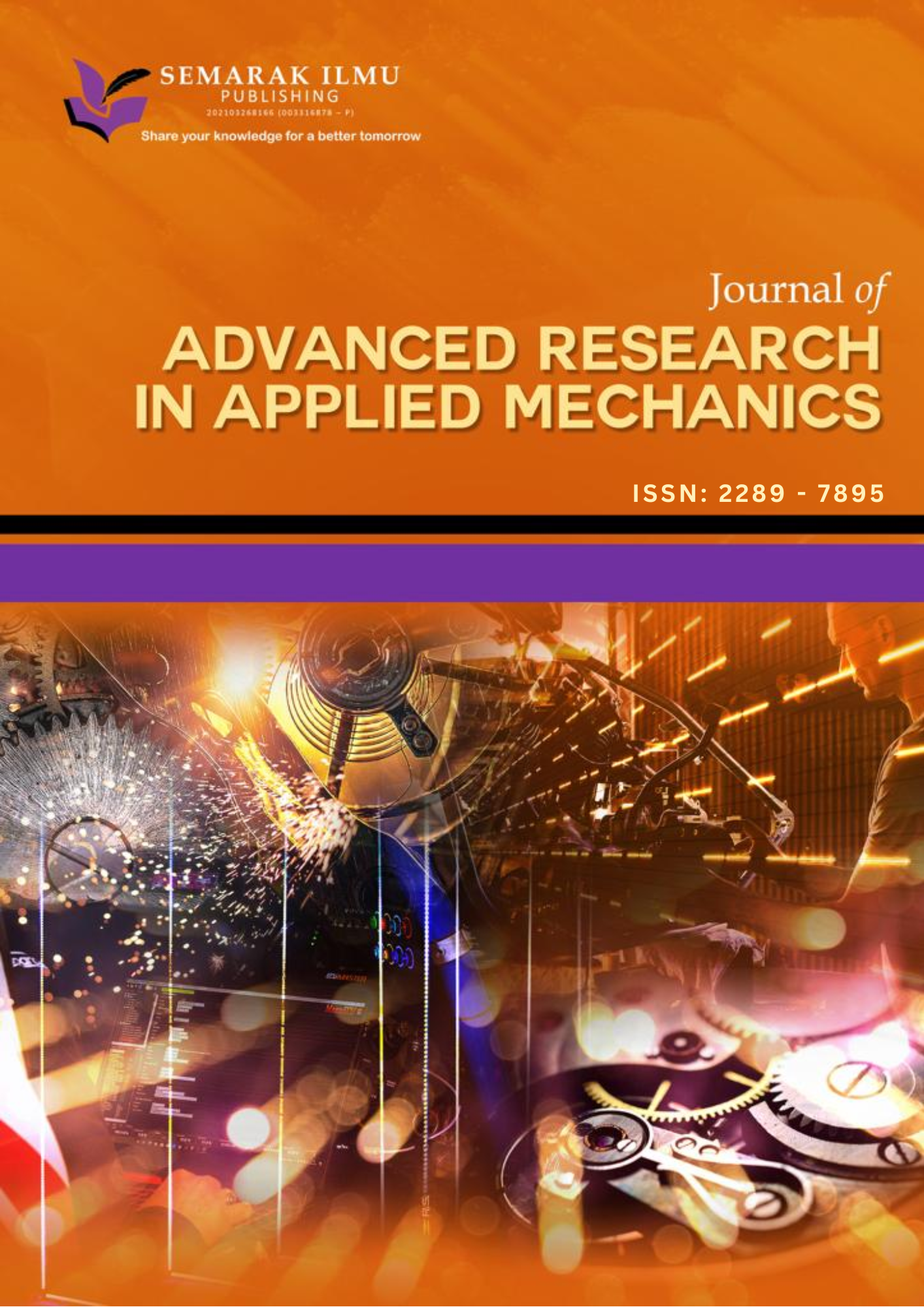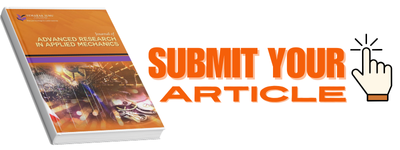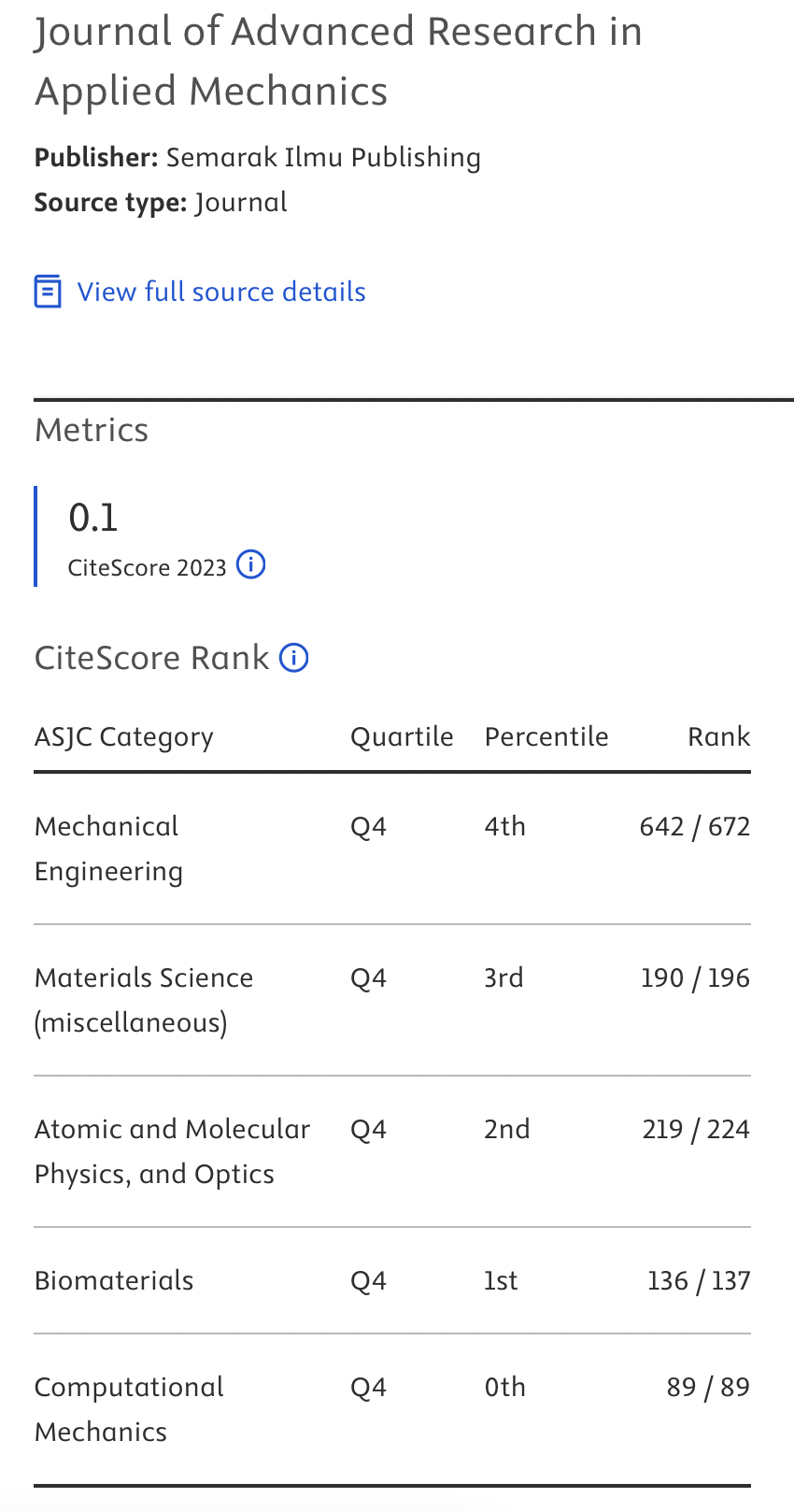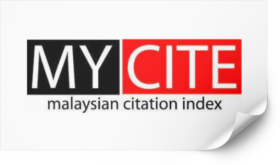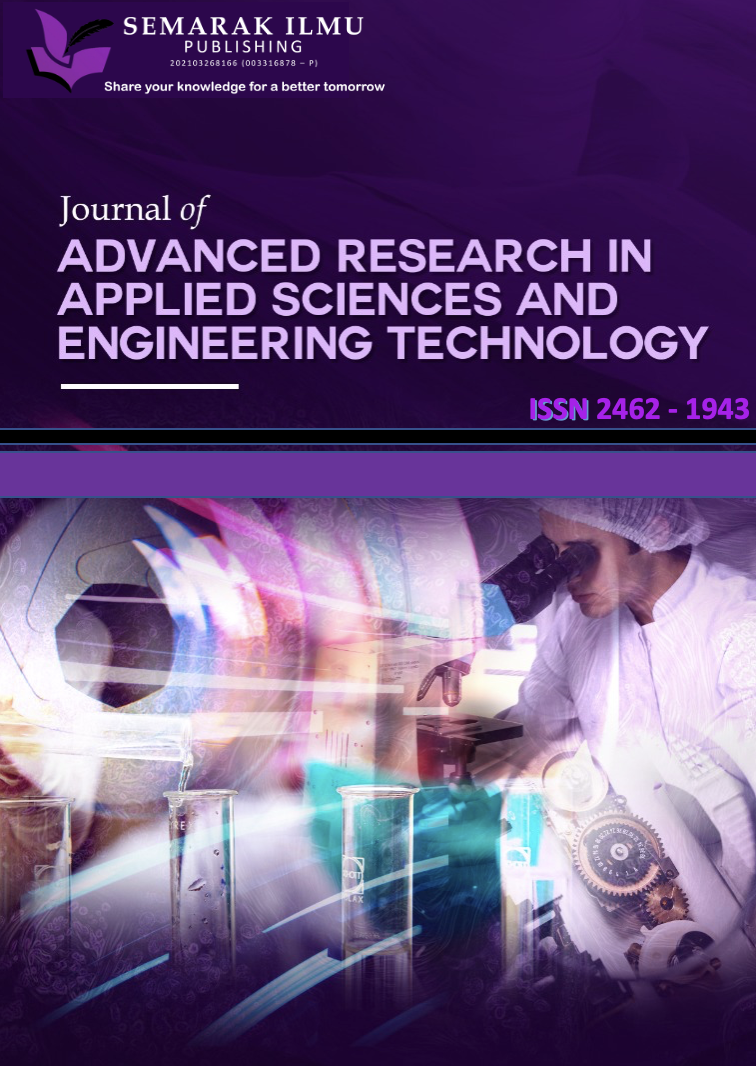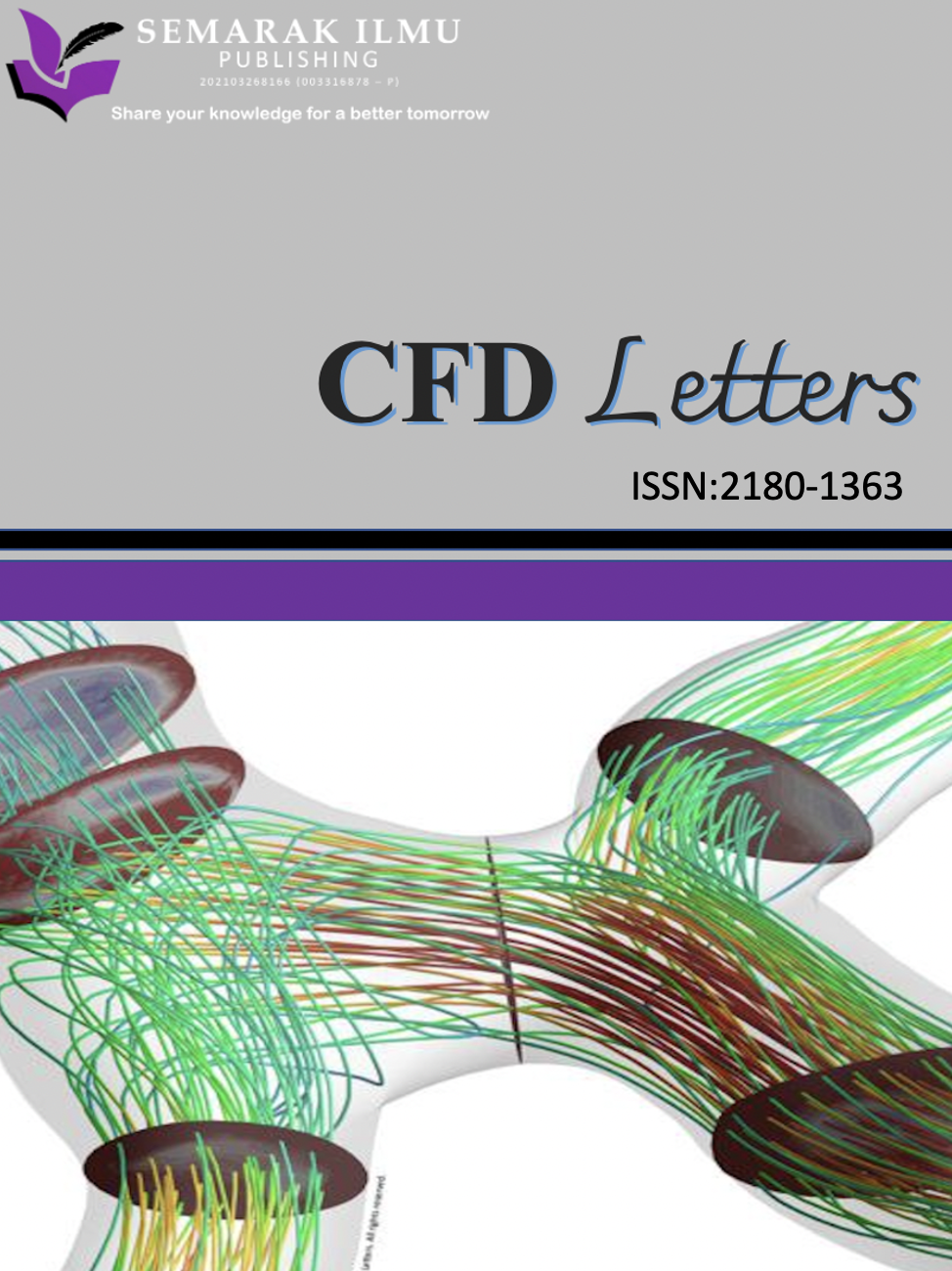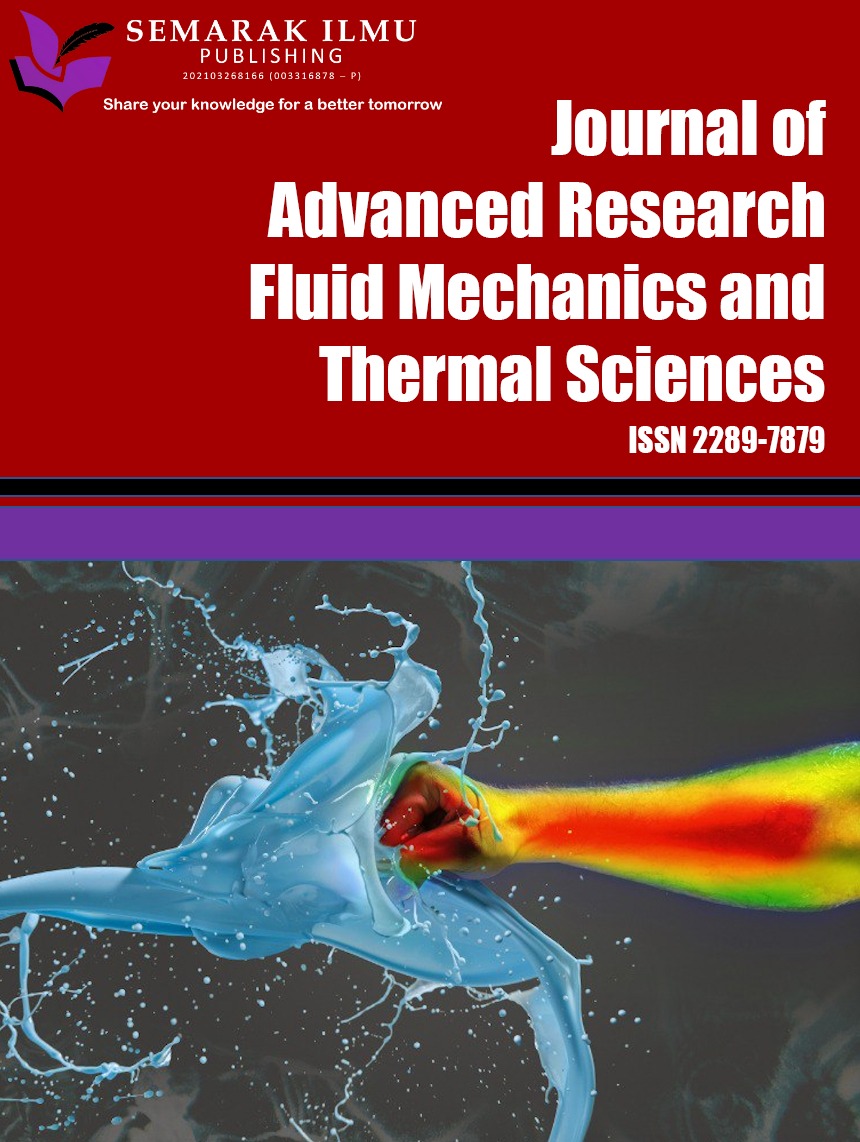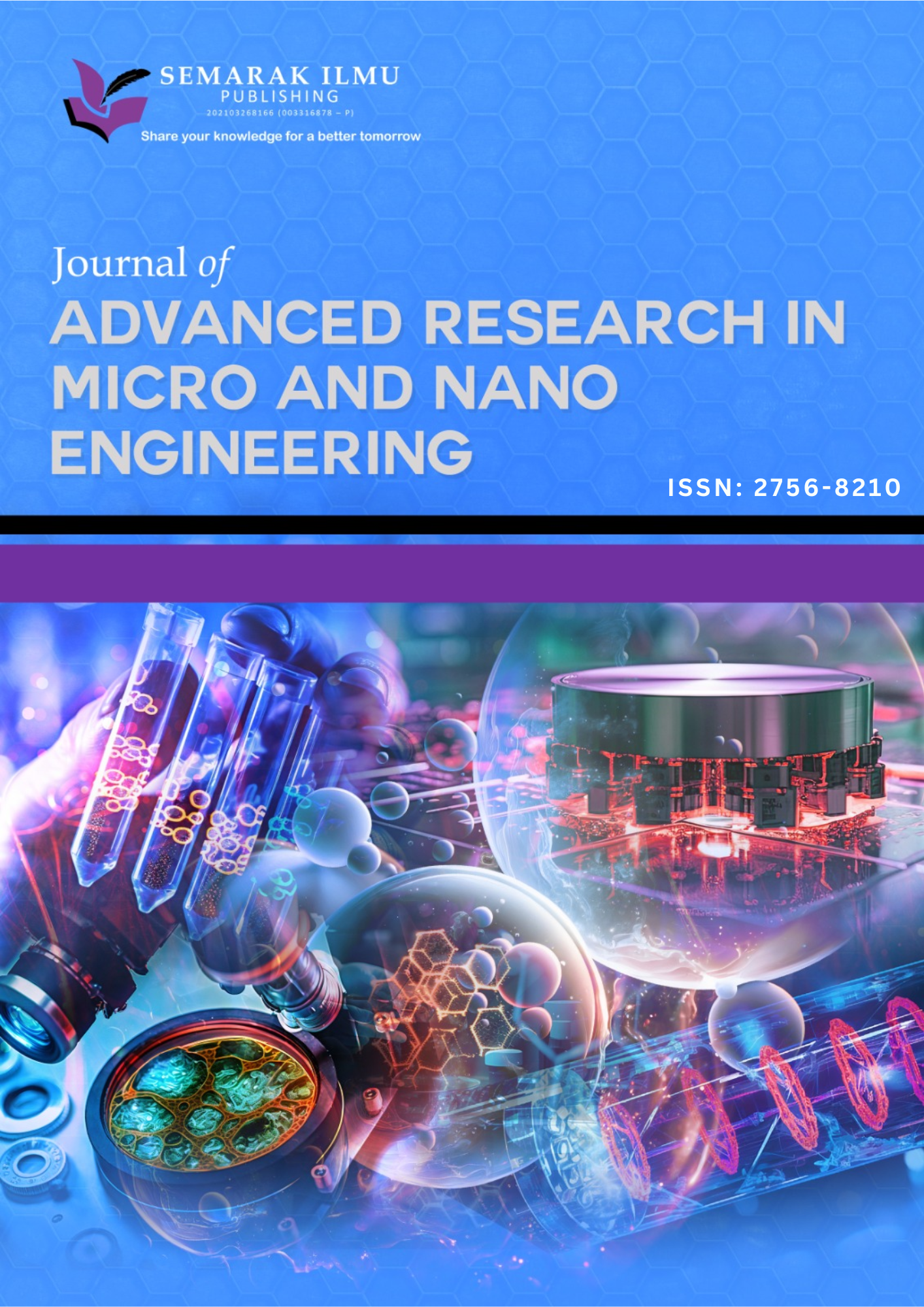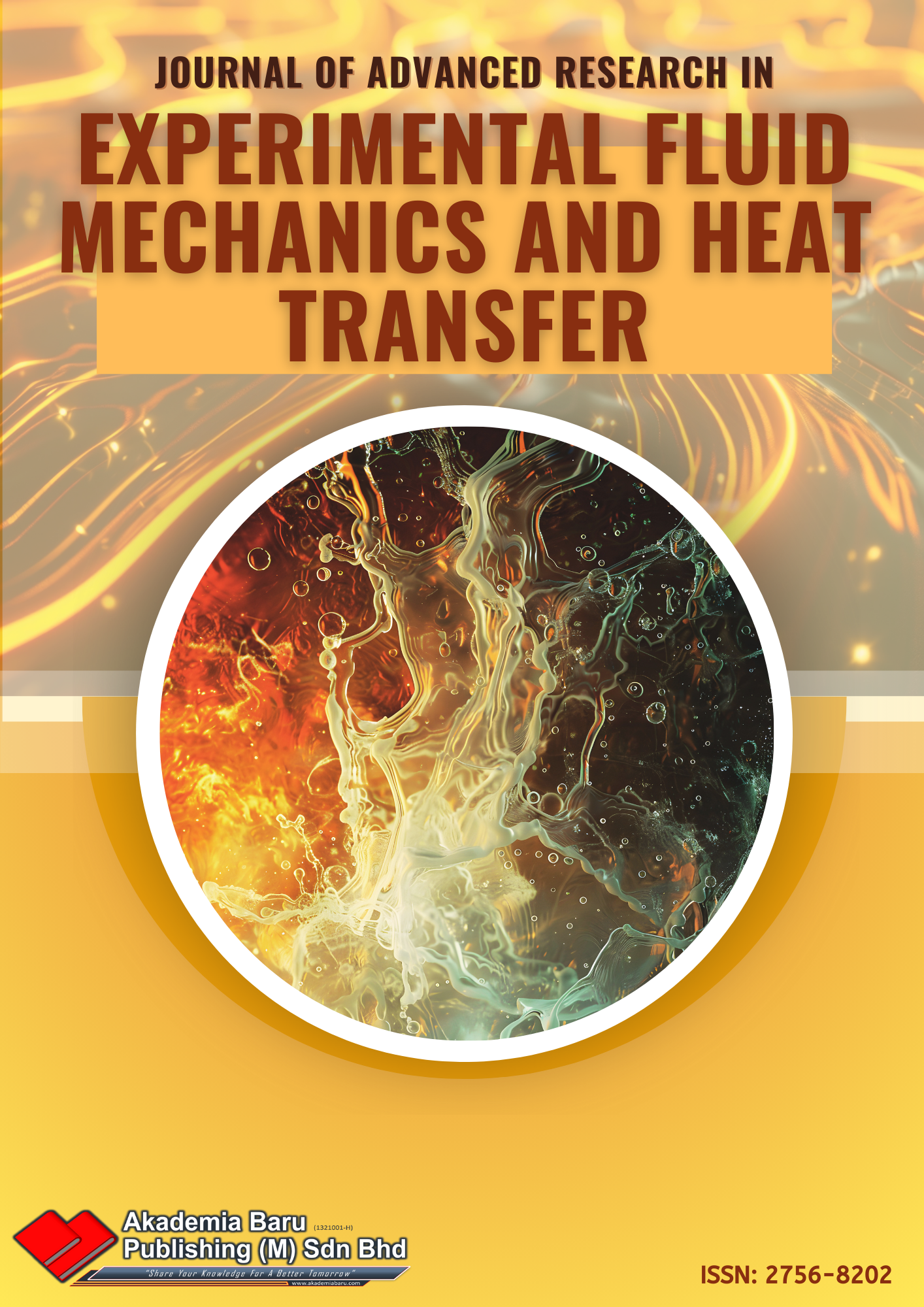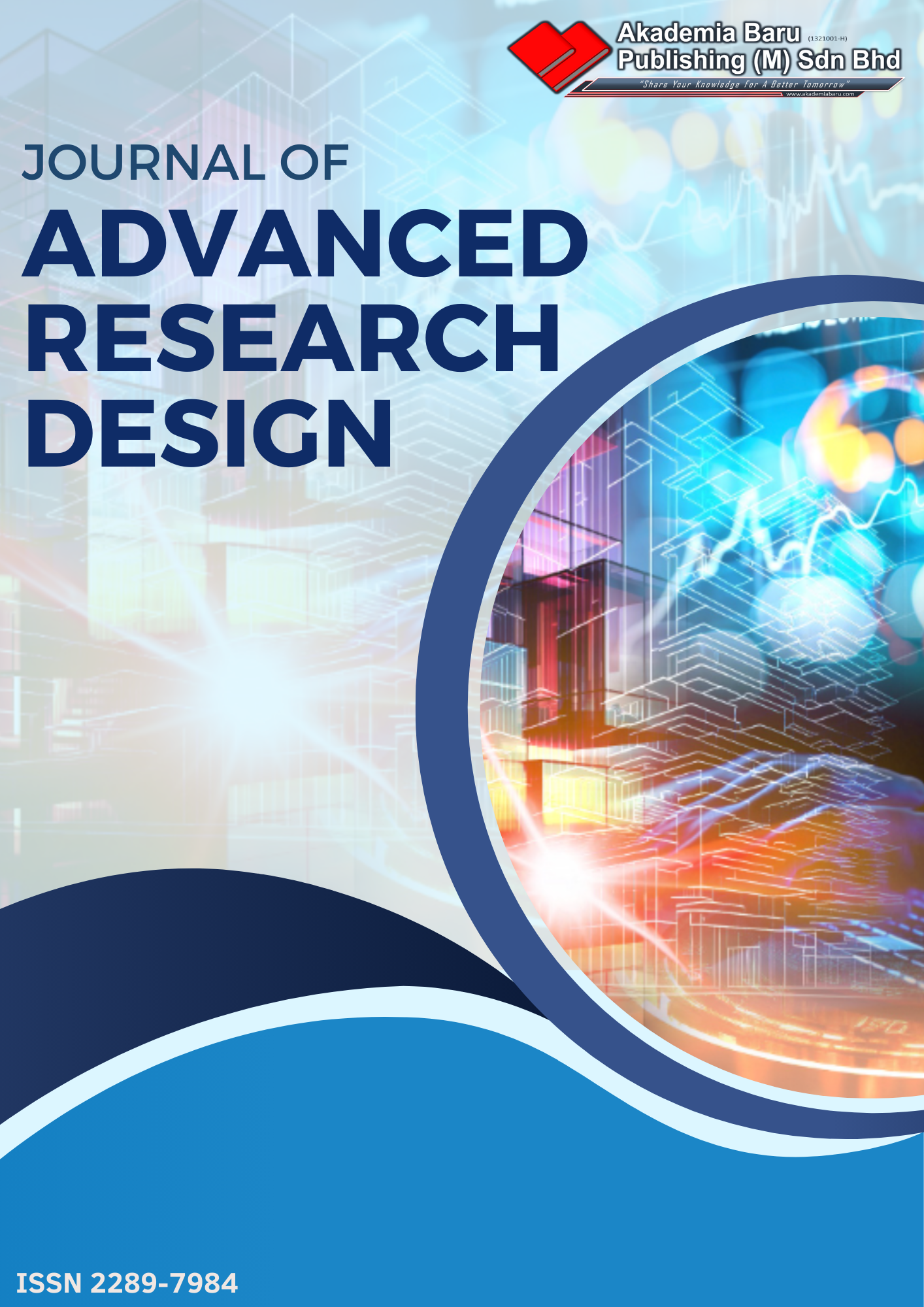The Effect of Heat Input on the Weld Geometry, Distortion and Peel Strength on Pulsed Laser Wobbling of Austenitic Stainless-Steel Foils
DOI:
https://doi.org/10.37934/aram.129.1.166177Keywords:
Laser welding, wobbling, stainless steel, fuel cellsAbstract
The significance of stainless-steel foils, specifically SS304, cannot be overstated in the dynamic field of materials science, given their wide range of industrial applications. A pulsed Nd:YAG laser wobble welding method is considered to be the most effective method of joining these foils, due to its high precision and minimal influence of heat. Despite this, it remains a considerable challenge to determine the complex relationship between heat input and the quality of the weld produced. The purpose of this study was to investigate the effects of three specific heat inputs (0.34, 0.39 and 0.43 J/mm) on the welding of SS304 foil. A methodical approach was employed to employ these distinct heat levels and the resulting welds were rigorously evaluated. Key findings highlighted the peel strength for specimens S1, S2 and S3 as 188.29 N, 363.05 N and 634.10 N, respectively. The maximum penetration depths of these three samples were 0.16 mm, 0.22 mm and 0.18 mm, respectively. Moreover, both vertical and horizontal distortions were measured across the various sections of the weld. The S2 specimen, with a heat input of 0.39 J/mm, displayed pronounced distortions in both axes, while S3, with a heat input of 0.43 J/mm, presented the highest peel strength and volume penetration. There is a delicate balance that welding operations must maintain in order to enhance weld attributes such as strength without inadvertently exacerbating distortions. Taking into account the synthesized insights, it is clear that judicious heat input management is critical. Even though a higher heat input can enhance certain weld qualities, it is crucial to be aware of the consequences of such distortions, thereby requiring a well-calibrated approach. The findings of this research not only contribute to a deeper understanding of welding dynamics, but also lay the foundation for developing future processes that are more nuanced and productive.
Downloads


